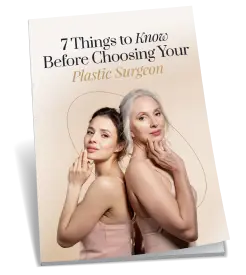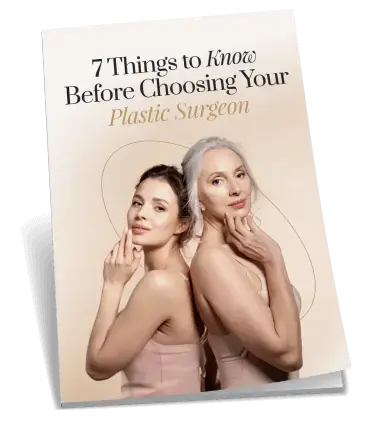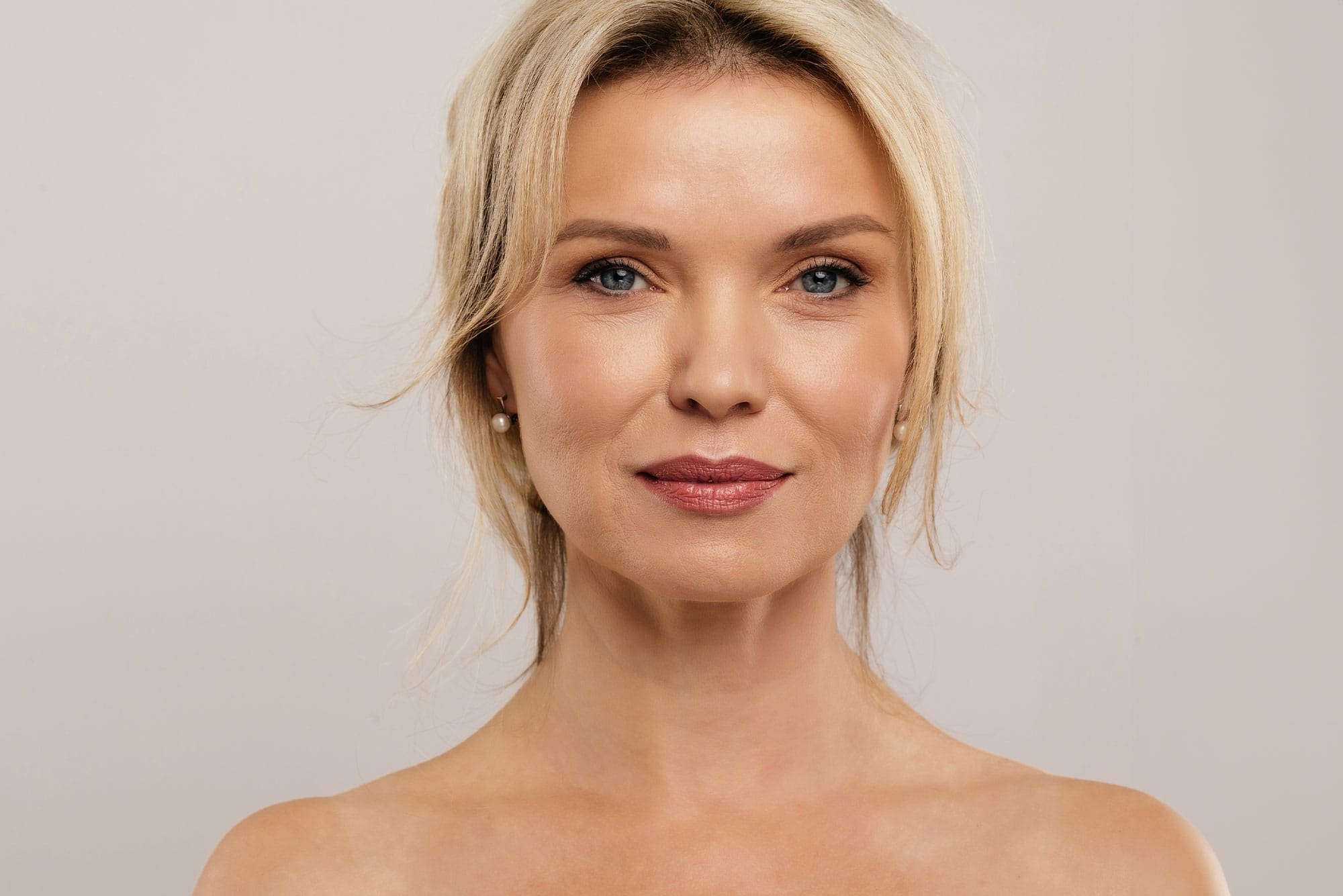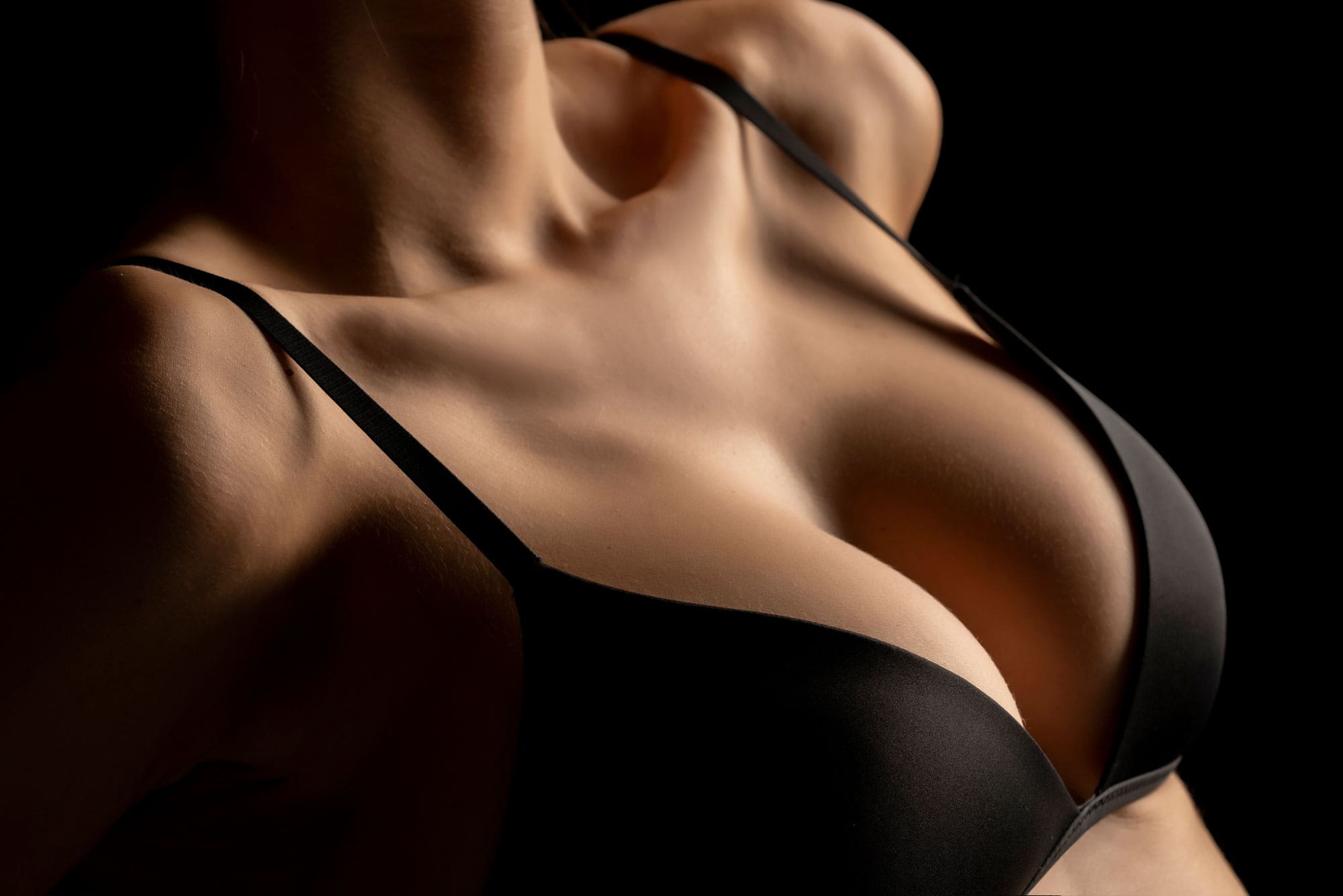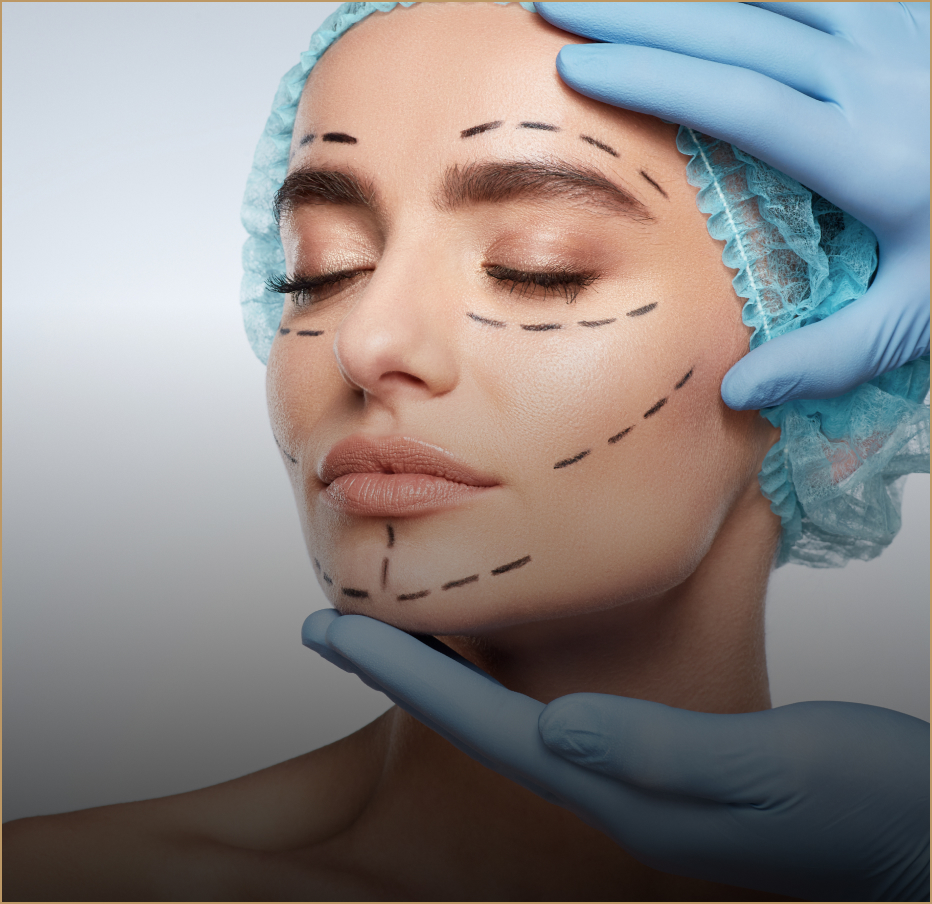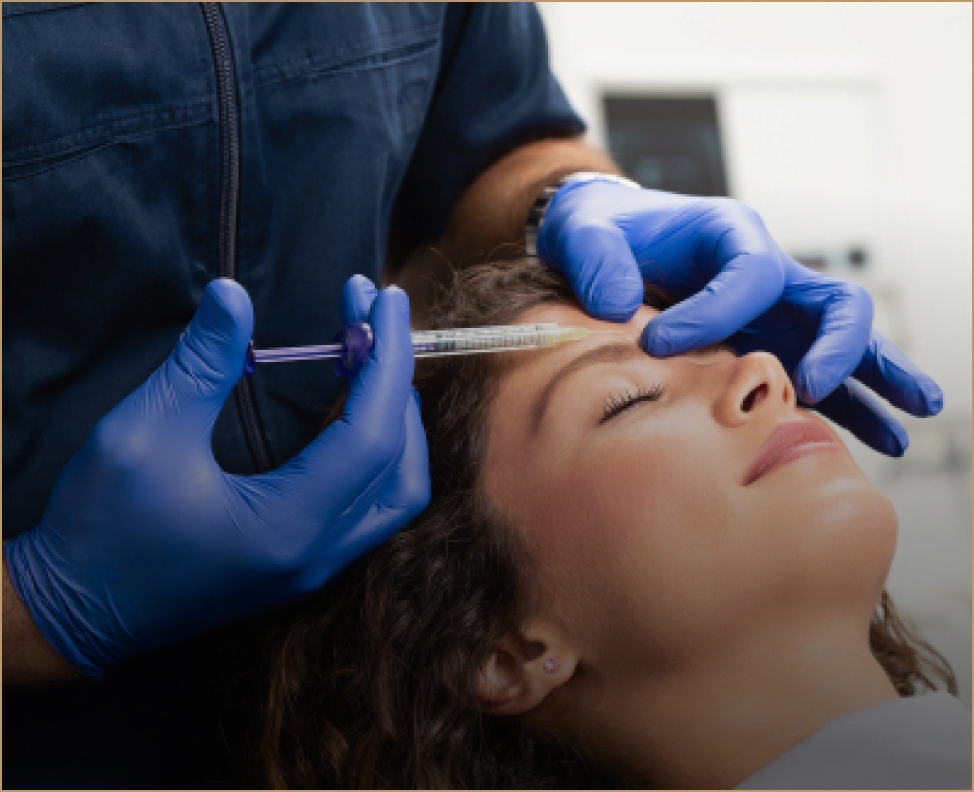As injectables and wrinkle fillers become more popular, we’d like to address frequent questions about these treatments. While you can find information about fillers from a number of different sources, in many cases it’s best to go straight to the surgeon who will be giving you the injection to get the full story.
Fillers Aren’t the Same as Botox
One fairly common misconception about dermal fillers, such as Juvederm and Restylane, is that they are the same as Botox or that they do the same thing as Botox. In reality, the only similarity between wrinkle fillers and Botox is that they are used to treat wrinkles.
The types of wrinkles fillers treat are different from those treated with Botox. Botox treats wrinkles created by muscle movements, such as the vertical lines that form between the eyebrows and the crow’s feet that form at the corners of the eyes. The active ingredient, botulinum toxin, keeps nerves from sending a signal to the muscles responsible for those movements. After several days, the lines created by the movements fade.
The fillers used at Quintessa are comprised of hyaluronic acid, a substance that is naturally occurring in our body. However, our hyaluronic acid production depletes with age. Fillers add a bit of volume to certain areas of the face, reducing the look of certain wrinkles. A filler can also be used to restore lost volume to the face, as is the case with Juvederm Voluma.
Results Depend on the Type of Filler
Not only do fillers and Botox address different areas, the length of the results from each also differ. Moreover, different fillers create different results, even if they are made from the same main ingredient. For example, Juvederm and Restylane are both made from hyaluronic acid. However, the composition is slightly different in Juvederm than it is in Restylane, so the two fillers produce differing results. Restylane typically produces results that last up to six months or so, while the results from Juvederm can last up to a year. Juvederm Voluma is an FDA-approved filler, intended to add volume to the midface area and totting results that can last up to two years, which is currently the longest for non-permanent fillers on the market.
Generally, results from Botox last between three to six months. Whether you have fillers or Botox, you can maintain your results with well-scheduled appointments.
Don’t Be Turned Off by Needles
The pain during a Botox or wrinkle filler treatment is typically less severe than expected. Discomfort can be further reduced by a topical anesthetic, applied before the injection, or by having the surgeon use a filler that also contains lidocaine, a type of numbing ointment.
Who to See for Your Injections
Odds are you’ve seen ads for dermal fillers in some pretty unexpected places. Sometimes, it can seem as though every hair salon or spa is offering injections, often at highly reduced prices.
You really can’t value your own safety too much when it comes to Botox and fillers. For that reason, you should always only see an experienced medical professional for injections. Don’t be afraid to discuss your concerns with our aesthetic nurse during your consultation, such as how often he or she performs the injections, what training he or she has, and so on. Although injections are less invasive than some wrinkle-reducing options, keep in mind that they are still a medical procedure and should only be given by a professional.

